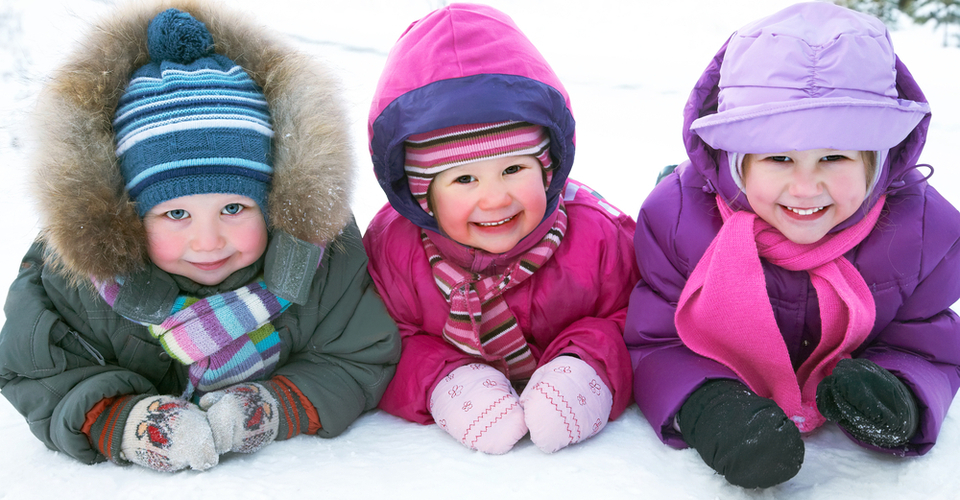Any parent will tell you: the moment there’s a bit of snow on the ground, the kids want to be outside! As January brings its cold temperatures to most of the country, we take a look at how to dress your children appropriately for the weather, and offer a quick reminder on how to respond to incidents of hypothermia.
The website healthychildren.org from the American Academy of Pediatrics offers a number of suggestions on keeping the kids warm when the mercury drops, including:
-
Dress infants and children warmly for outdoor activities. Several thin layers will keep them dry and warm. Always remember warm boots, gloves or mittens, and a hat.
-
The rule of thumb for older babies and young children is to dress them in one more layer of clothing than an adult would wear in the same conditions.
-
When riding in the car, babies and children should wear thin, snug layers rather than thick, bulky coats or snowsuits. See Winter Car Seat Safety Tips for additional information.
-
Blankets, quilts, pillows, bumpers, sheepskins and other loose bedding should be kept out of an infant's sleeping environment because they are associated with suffocation deaths. It is better to use sleep clothing like one-piece sleepers or wearable blankets.
Hypothermia
Hypothermia, a generalized cooling of the body, occurs when the internal core body temperature has decreased to 95° F or less. It can be a life-threatening condition.
Look for early signs of hypothermia, such as the following:
-
Pale, cold skin
-
Uncontrollable shivering
-
Loss of coordination
As hypothermia progresses, shivering may stop. Breathing and heart rate slow down. Body processes can become impaired and may fail.
-
Remove wet clothing and cover person with something warm and dry.
-
Activate EMS.
-
Cardiac arrest could occur. Get an AED if one is accessible.
-
To care for the person, move him or her to a warmer place. Move the person slowly and without rapid movements.
-
Cover the head and neck to retain body heat.
If you are far from professional medical care, begin actively re-warming the person. Place him or her near a heat source. Put containers of warm, but not hot, water in contact with the person’s skin. It is best to recognize and treat hypothermia early. The chance for survival decreases as the condition progresses.
Winter warriors: If winter is your preferred season for outdoor fun, be sure to check out our blog posts, Snow Sports and Cold Weather Emergency Care and Cold Weather Safety and Emergency Care for Localized Cold Injuries.
Hypothermia and frostbite are just some of the common medical emergencies covered in our comprehensive ASHI and MEDIC First Aid CPR, AED, and basic first aid training classes. To find a Training Center near you, click the button below.








.png)











Comments